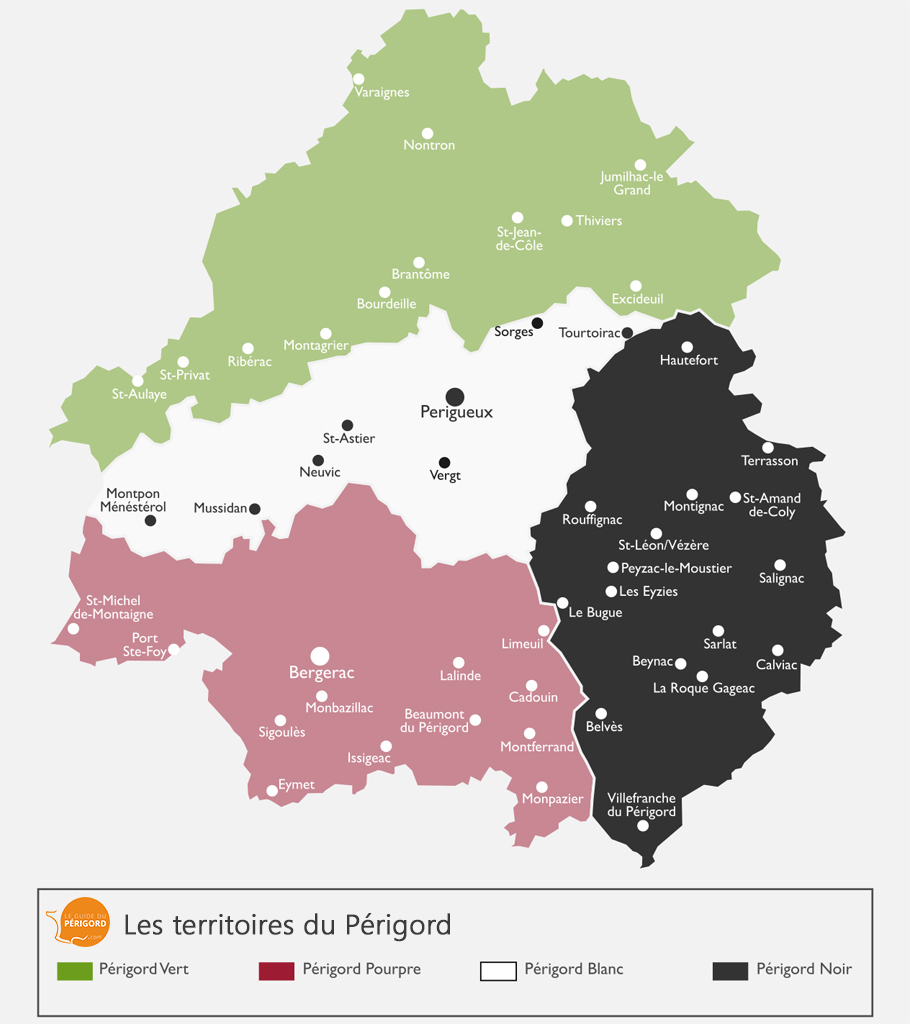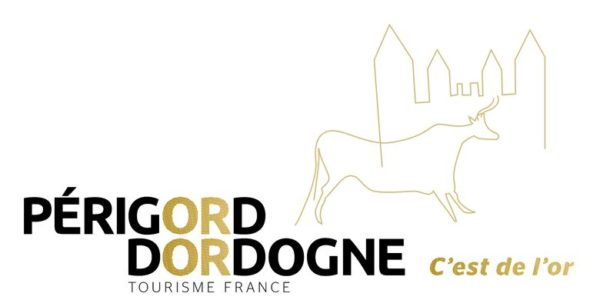Come & visit our part of France. The Dordogne and the 4 Périgord colours.
In Le Bugue, you will find 4 supermarkets, at least 3 bakeries, a cheese shop, butcher shop, a local producer’s shop, a medical centre, 2 pharmacies, beauty salons, restaurants, bars, tea room, and a famous wine shop.
Also not to forget the twice weekly market, the main market day in Le Bugue is held every Tuesday, with a smaller one on Saturdays.
It is a famous market and offers its visitors good local products from local producers, an unmissable weekly event, which has existed for more than 700 years since 1319, when the then King of France Philippe V Le Long, decided that the market day in Le Bugue is to be perpetually held every Tuesday.
What is the difference between Périgord and Dordogne?
Dordogne = Périgord
The Dordogne department is often called by its old name: Périgord.
The name Périgord dates from Roman times and represented the former province which preceded the department. It designated a county attached to the Duchy of Guyenne with a territory slightly larger than the current Dordogne.
The creation of the departments took place during the French Revolution and the name Dordogne was chosen, thanks to the name of the main river that crosses it.
Today, Périgord and Dordogne are synonymous and designate approximately the same territory.
The locals are referred to as “Périgourdins”.
The 4 colours of Dordogne
The Dordogne is divided into 4 Périgords, of four different colours, namely, Périgord Noir (dark holm oak forests & truffle – black),
Périgord Pourpre (wine & vineyards – purple),
Périgord Blanc (limestone & chalky soils – white)
and Périgord Vert (lush nature & meadows – green).

